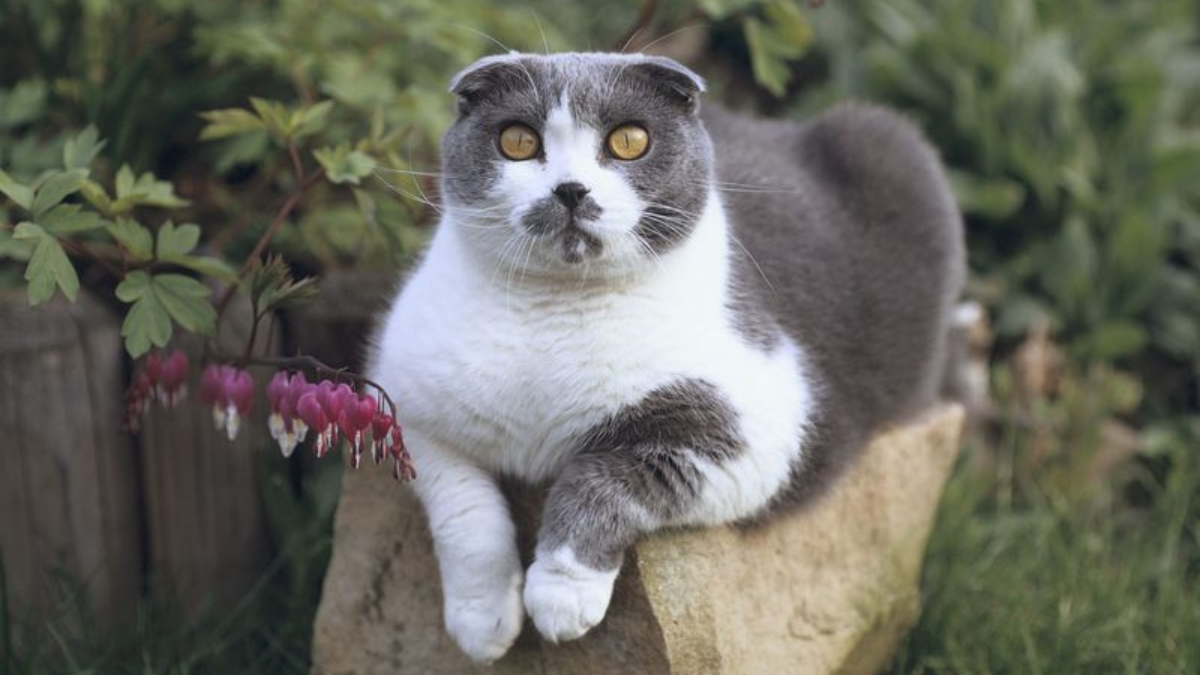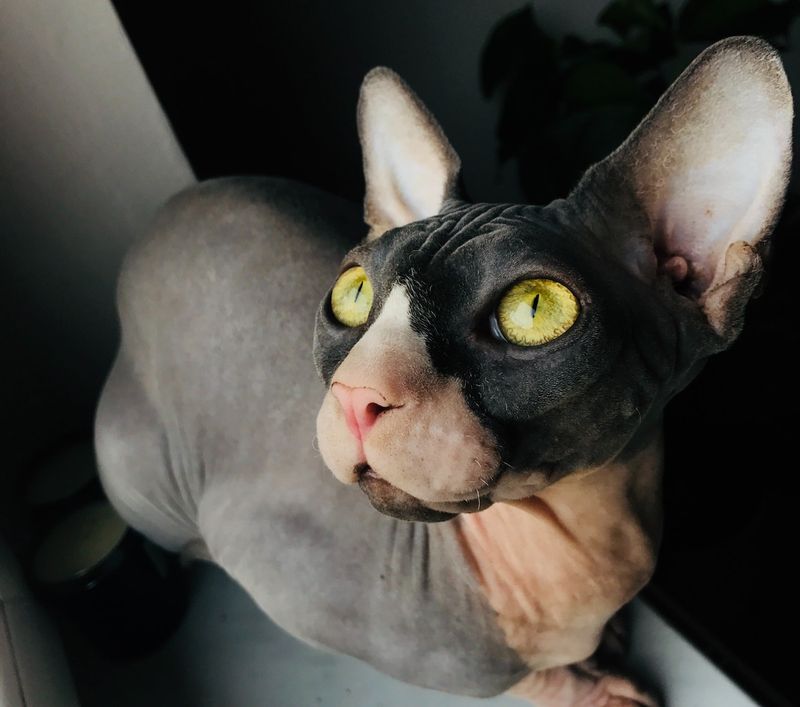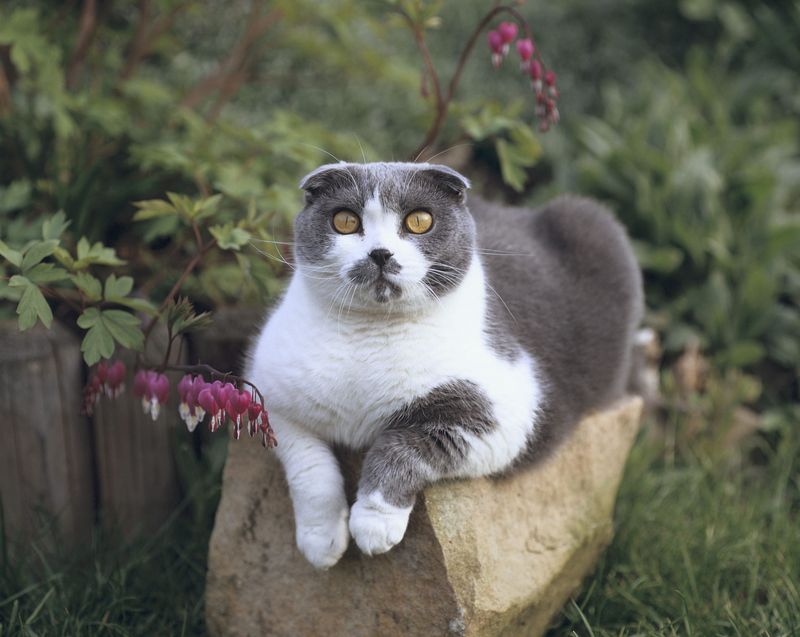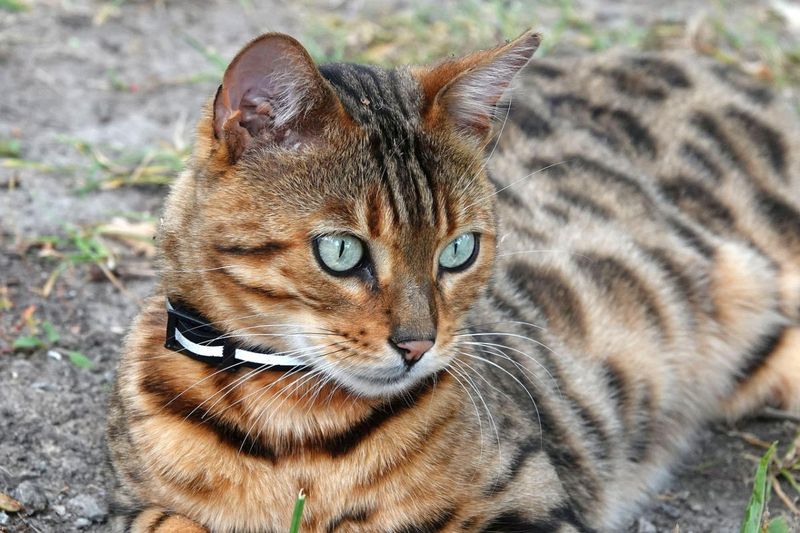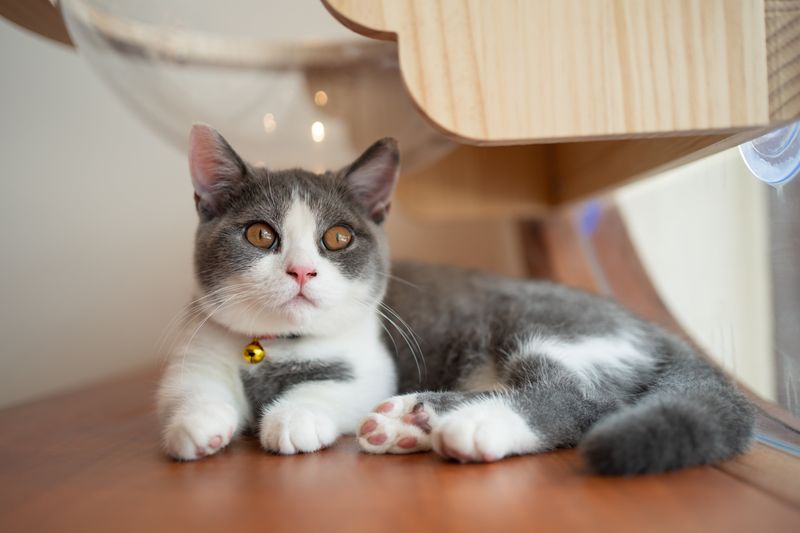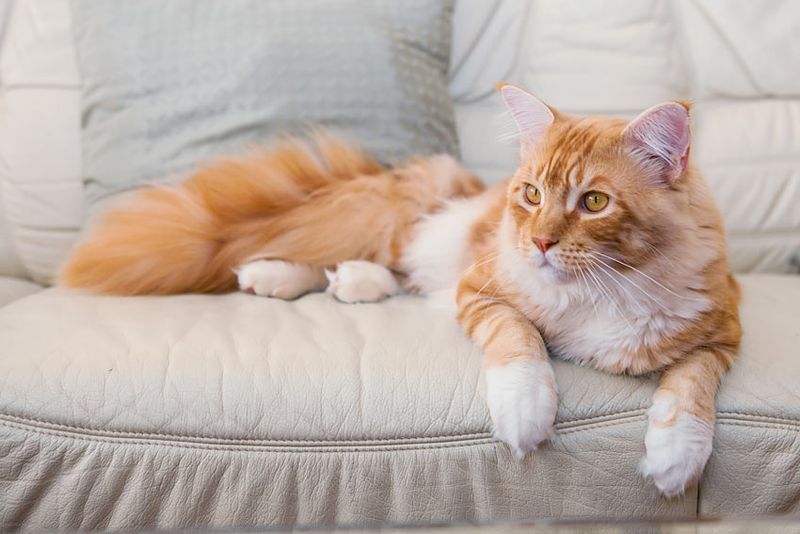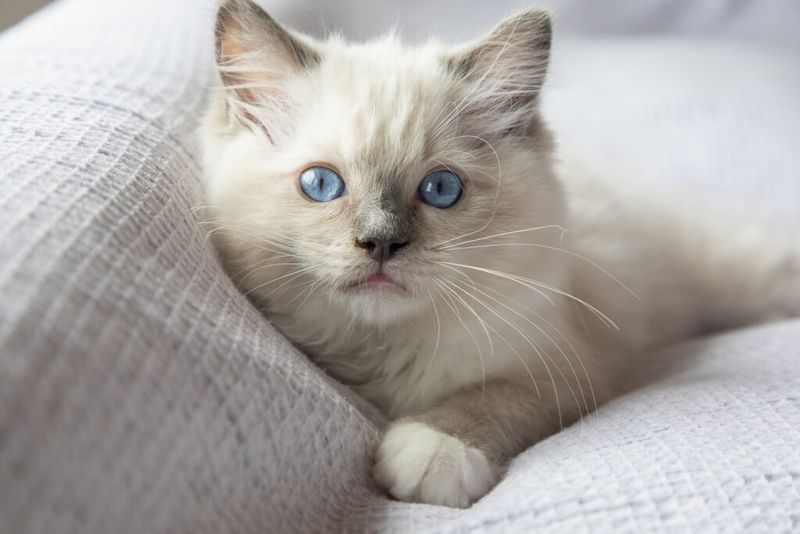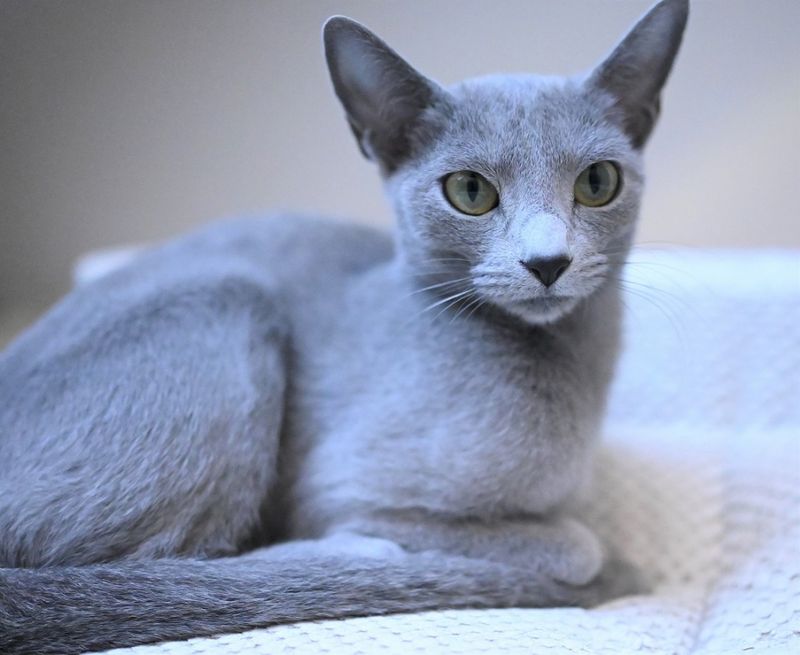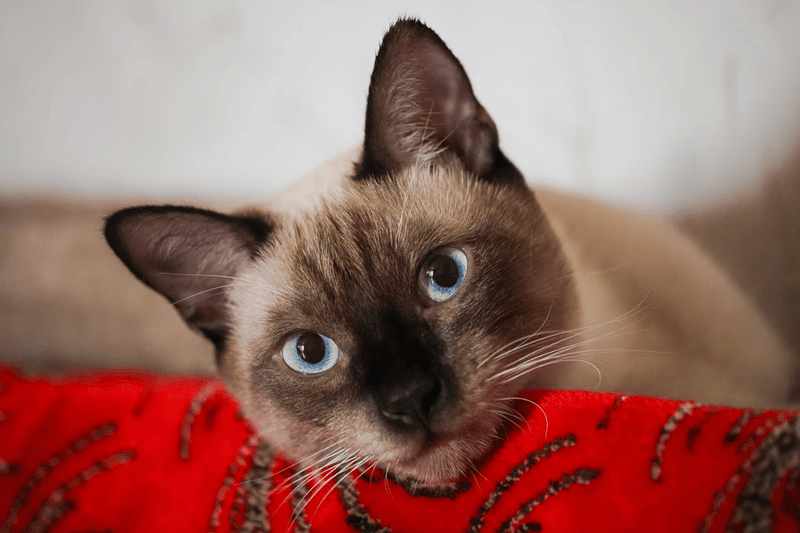📖 Table of Content:
Selecting the right cat breed can have a lasting impact on a household. Each breed brings its own temperament, energy level, and care needs. A mismatch between a cat’s personality and a home environment can lead to frustration on both sides.
Some cats are naturally independent, while others crave constant companionship. Certain breeds may have specific health concerns or grooming demands that require extra time and attention. Understanding these traits is essential before committing.
Breed reputation matters, but so does compatibility with children, other pets, and daily routines. Experts often highlight breeds that may pose challenges in family settings. At the same time, some breeds are praised for their adaptability and affectionate nature.
1. Persian
Persian cats require daily grooming sessions due to their long, luxurious coats that mat easily. Their fur becomes painfully tangled without consistent brushing, leading to skin problems.
Health issues plague this breed, particularly breathing difficulties from their flat faces. Many Persians suffer from excessive tearing, eye infections, and dental problems throughout their lives.
Their grooming needs and medical bills add up quickly. Veterinary experts warn that their facial structure makes them prone to expensive respiratory issues, while their sedentary nature can lead to obesity if owners aren’t careful about diet and exercise.
2. Sphynx
Without the fur coat that most cats rely on, Sphynx cats require a lot more care. Their skin produces oils that would typically be absorbed by fur, so regular cleaning is necessary. Additionally, they’re highly sensitive to both the sun and the cold.
The breeding practices behind these hairless cats have led to numerous genetic health problems. Heart conditions, digestive issues, and skin problems frequently affect this breed, leading to costly vet bills.
These cats need constant temperature control in your home. Experts note that Sphynx cats often require special diets to maintain their higher metabolism, and their exposed skin makes them vulnerable to various environmental hazards.
3. Scottish Fold
The adorable folded ears of Scottish Fold cats stem from a cartilage abnormality, but this mutation isn’t just cosmetic. Along with their unique look, it can result in serious joint problems, including painful arthritis and limited mobility in their later years.
Veterinary specialists have raised ethical concerns about breeding these cats. Many develop a condition called osteochondrodysplasia, which causes abnormal bone development and chronic pain throughout their lives.
The cute appearance comes with a heavy price for the cat’s wellbeing. Even with careful breeding, Scottish Folds frequently require pain management medications and specialized care as they age, making them a breed many animal welfare experts advise against.
4. Bengal
With their wild-like energy in a domestic setting, Bengal cats can be a challenge for most families. Their intelligence and boundless activity mean they need constant stimulation, or else they’ll resort to destructive behavior when boredom strikes.
Their wild ancestry contributes to their strong hunting instincts. Bengals are known to be vocal, demanding, and can develop behavioral problems when their exercise and enrichment needs aren’t met.
Apartment dwellers should think twice before adopting this breed. Experts caution that Bengals need large spaces to roam, climbing opportunities, and interactive play sessions multiple times daily. Without proper outlets, their natural energy can transform into household chaos.
5. Munchkin
Munchkin cats have been bred specifically for their short legs – a genetic mutation that veterinarians compare to dwarfism in humans. This intentional breeding for a disability raises serious ethical questions among animal welfare experts.
Their shortened limbs prevent normal cat behaviors like jumping and climbing. Many Munchkins develop painful back problems similar to those seen in short-legged dog breeds as they age.
The controversial breeding practices behind Munchkins have led many veterinary organizations to speak against their continued development. While these cats may look cute, their inability to move naturally and potential for lifelong mobility issues make them a breed many experts recommend avoiding.
1. Maine Coon
Combining impressive size with a gentle nature, these cats make excellent family companions. Known as “gentle giants,” they are typically friendly and get along well with children and other pets, despite their large stature.
Their semi-long fur requires less maintenance than Persian cats. Weekly brushing usually suffices to keep their coat healthy, and they lack the extreme facial features that cause health problems in other breeds.
Maine Coons adapt well to various living situations. Their playful nature continues into adulthood, but they’re not hyperactive, striking a perfect balance between interactive companion and independent pet. Most Maine Coons enjoy water, display dog-like loyalty, and communicate with distinctive chirping sounds rather than loud meows.
2. Ragdoll
Known for going limp when picked up, Ragdolls have earned a reputation as incredibly cuddly companions. Their calm and gentle nature also means they don’t use their claws during play, making them perfect for homes with young children.
These blue-eyed beauties adapt easily to indoor living and don’t demand constant attention. Unlike more vocal breeds, Ragdolls communicate with soft chirps and quiet purrs rather than loud meowing.
Ragdolls form strong bonds with their families without being clingy. Their medium-long coat resists matting and requires only weekly brushing to maintain. Many Ragdoll owners appreciate that these cats prefer floor level to high perches, making them less likely to knock items off shelves or counters.
3. Russian Blue
Russian Blues offer a rare combination of beauty and hypoallergenic qualities. Their short, dense coat produces fewer allergens than most breeds, making them suitable for people with mild cat allergies.
These cats balance affection with independence perfectly. Russian Blues form strong bonds with their families but don’t demand constant attention, content to entertain themselves while you’re busy.
Health problems rarely plague this naturally occurring breed. Russian Blues typically live 15-20 years with minimal veterinary issues, saving owners stress and expense. Their neat habits, moderate shedding, and intelligent nature make them ideal for first-time cat owners or those seeking a low-maintenance companion with an elegant appearance.
4. Siamese
Full of intelligence and personality, Siamese cats make captivating companions. These social, affectionate felines thrive on interaction and can even be taught to walk on a leash or perform fun tricks.
Modern Siamese breeding has moved away from the extreme body types that once caused health problems. Today’s Siamese generally enjoy robust health and longevity, often living 15-20 years with proper care.
Their short, fine coats require minimal grooming. Siamese cats are famous for their “conversations” with owners – they’ll tell you exactly what they want with their distinctive vocalizations. Their active minds need stimulation through toys and interaction, but they reward this attention with unwavering loyalty and entertaining antics.
5. American Shorthair
American Shorthairs represent the epitome of balance in the cat world. Their moderate activity level means they enjoy playtime but won’t tear through your house like some high-energy breeds.
These cats boast impressive genetic diversity and natural breeding history. This translates to fewer health problems and a lengthy lifespan of 15-20 years, making them economical choices in the long run.
American Shorthairs adapt to various household situations with ease. They get along well with children, other pets, and can handle being alone during work hours without developing anxiety. Their low-maintenance short coat needs only occasional brushing, and their friendly but not overly demanding nature makes them perfect for busy families.
